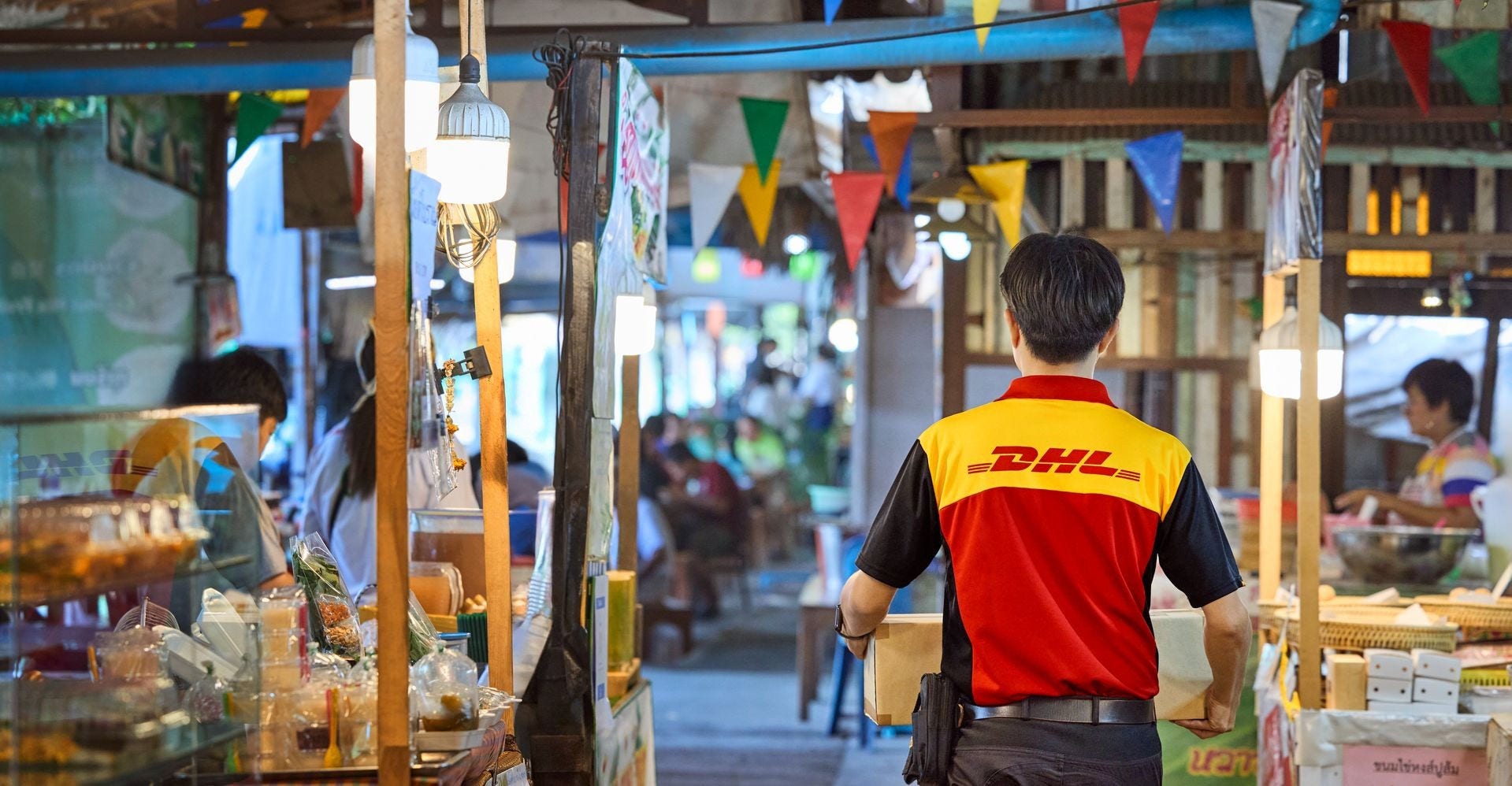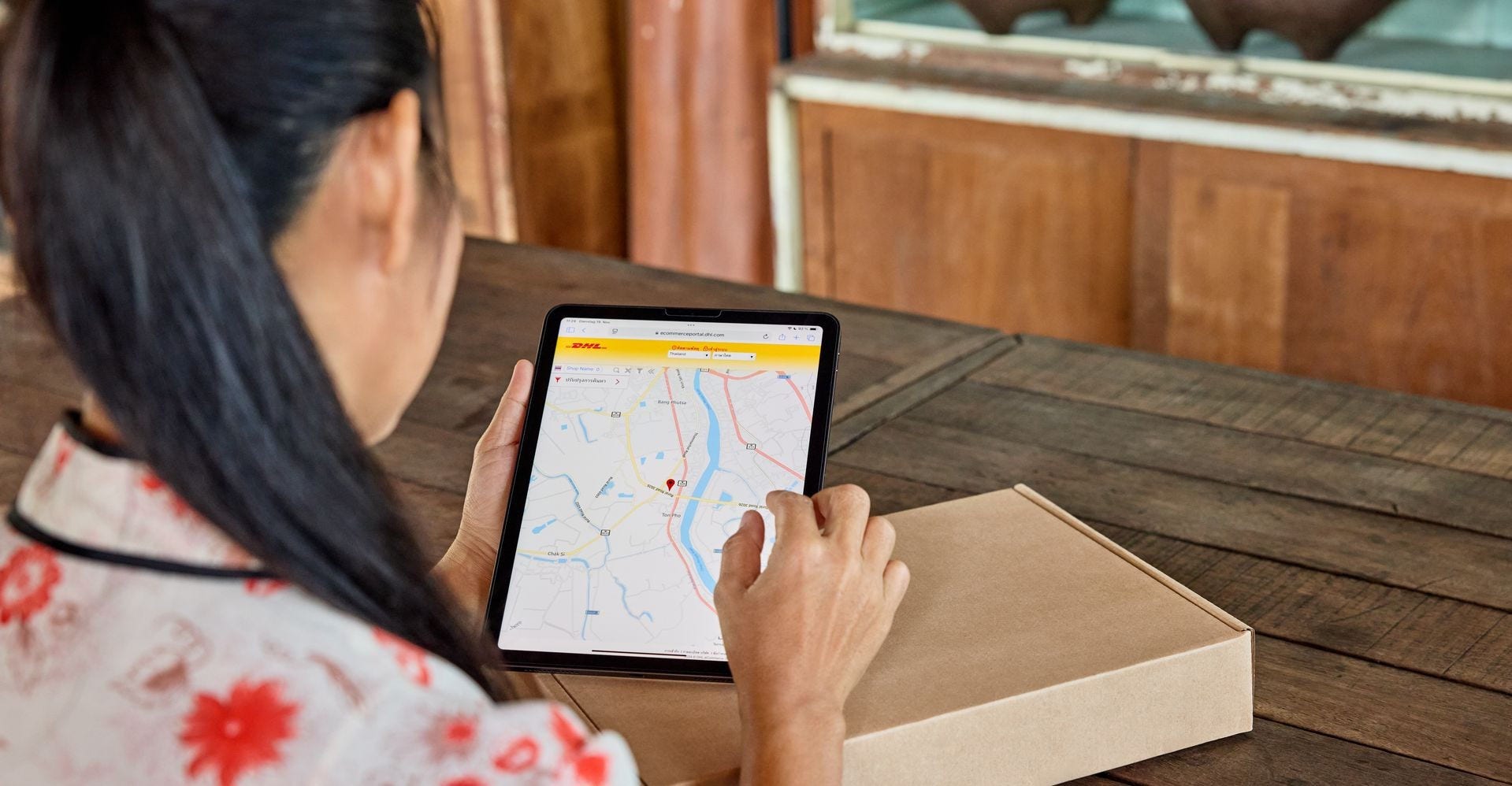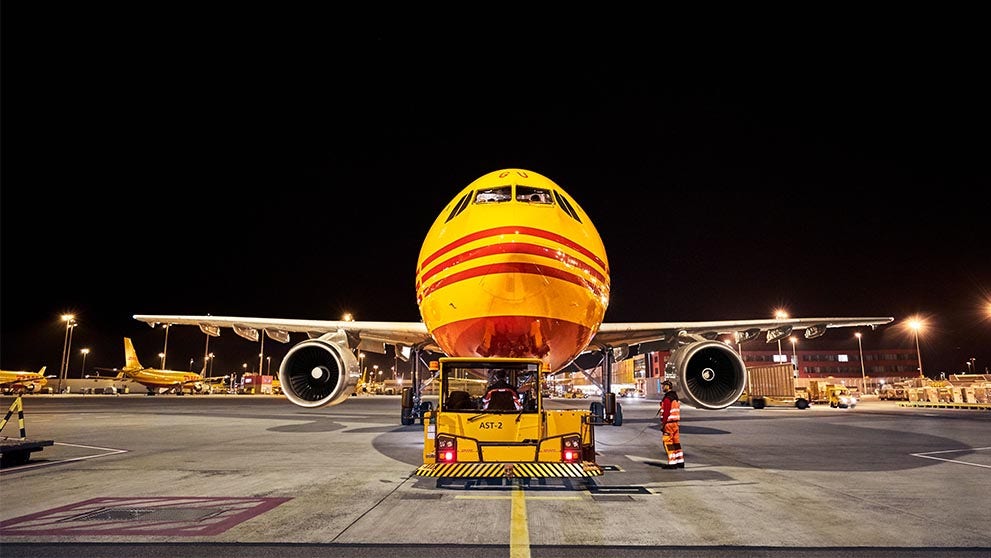
Intra-Asia trade is not just growing — it’s transforming the way global business is done. Amid global headwinds, supply chain shocks, and shifting consumer demand, trade within Asia has proven resilient, agile, and booming. Today, nearly 60% of Asia’s total exports remain within the region, with ASEAN surpassing the European Union as China’s largest trading partner in 2023, according to the United Nations Economic and Social Commission for Asia and the Pacific (UNESCAP).1
The region’s interconnectedness is only expected to deepen, as ASEAN countries continue to strengthen trade ties and supply chain integration. This creates enormous opportunities for businesses that can adapt and grow within the region’s evolving economic landscape. But alongside these prospects come new regulatory frameworks, diverse market demands, and shifting logistics dynamics.
So how can small businesses, especially those in developing trade hubs like Myanmar, tap into the intra-Asia trade growth? This guide breaks down the why, the how, and the who you need by your side to thrive.
The dynamics of intra-Asia trade: Why it's booming
Trade within Asia is gaining momentum due to a mix of economic, demographic, and digital catalysts. Let’s break down the key forces driving this shift.
Deeper economic integration
Asia is home to some of the world’s most impactful Free Trade Agreements (FTAs), including the Regional Comprehensive Economic Partnership (RCEP) and the ASEAN–China Free Trade Agreement (ACFTA) — both of which Myanmar is a member of. These agreements reduce tariffs, simplify rules of origin, and streamline customs procedures, creating clearer pathways for Myanmar exporters to reach key regional markets like Thailand, China, and Vietnam.
Within ASEAN, intra-regional FTAs have played a crucial role in helping Myanmar-based SMEs access preferential tariff rates and benefit from faster, less complex border clearance. For example, textile manufacturers in Myanmar can export intermediate goods to Vietnam or Cambodia for final assembly under reduced duties, supporting regional supply chain integration. These frameworks are increasingly encouraging Myanmar businesses to regionalize sourcing and production, making cross-border expansion more accessible even for smaller enterprises.
Rise of the Asian consumer market
Once primarily seen as a manufacturing powerhouse, Asia is now becoming a massive consumption engine. In Indonesia alone, private consumption made up 54% of GDP in 2023.2 Across developing Asia, strong domestic spending remains a central growth driver, helping sustain regional economic resilience even amid global uncertainty. This growth is fueled by a rapidly expanding middle class and rising income levels, positioning Asia as both a producer and consumer hub.
Markets like Indonesia, India, and Vietnam are seeing explosive e-commerce growth, while mature markets like Japan and South Korea continue to consume premium goods and services.
Resilient supply chains
Businesses across the region are reconfiguring their supply chains to reduce risk and enhance resilience. Diversifying sourcing partners within Asia helps companies avoid overreliance on single markets while reducing costs and shortening lead times.
Geographic proximity means faster shipping, fewer disruptions, and easier coordination — key advantages in volatile global conditions.
As consumers increasingly shop across borders, e-commerce has become a major force behind regional trade flows. The rise of e-commerce marketplaces, digital payments, and real-time tracking systems is enabling even small businesses to operate regionally. According to Mordor Intelligence, the region’s cross-border e-commerce market reached USD 45.4 billion in 2025 and is projected to grow to USD 77.0 billion by 2030, driven by rising internet penetration, digital payments, and regional trade integration.4 Online marketplaces alone account for over 70% of this growth, making platforms a vital engine for regional commerce.
Platforms like Shopee, Lazada, and Tokopedia empower cross-border sales, while digital wallets and fintech integrations are making transactions seamless. While these platforms are not currently available to sellers based in Myanmar, many businesses overcome this by partnering with fulfilment centres in neighbouring countries or leveraging third-party service providers to reach regional consumers and access these marketplaces indirectly.
With technology levelling the playing field, small businesses can now scale regionally with ease.
How businesses in Myanmar can profit from the intra-Asia trade boom
As one of South-East Asia’s emerging economies, Myanmar is strategically positioned to take advantage of the region’s booming trade ecosystem. Here's how.
Identify niche markets and sourcing opportunities
Start with research. Which products are in demand in Japan, South Korea, or Thailand? What categories are underserved in regional marketplaces? Agriculture, especially rice and legumes, is one of Myanmar’s biggest exports to Asia. Rare earth mineral compounds, non-knit women’s coats, and natural gas are also top exports, already gaining strong traction across the region.4 Emerging opportunities also exist in consumer electronics, health supplements, and specialty foods.
Look beyond exports too. Explore sourcing from regional suppliers for competitive pricing or better quality.
Optimize supply chains for regional trade

To scale effectively, localize products for different markets — from packaging and language to sizing and pricing strategies. At the same time, optimize supply chains to be agile, with contingency routes and multiple suppliers or warehouse partners.
Collaborating with logistics experts familiar with intra-Asia shipping can help manage complexity.
Navigate regulatory and cultural complexities
Each Asian market has its own rules, from customs documentation to product labeling and payment preferences. For instance, Japanese consumers may prioritize packaging quality, while Indian regulators may have stricter product certifications.
Business etiquette, communication styles, and partnership structures also differ, making it essential to understand local cultures to avoid friction.
Leverage digital platforms for cross-border e-commerce
Digital-first businesses have fewer barriers to entry. Use marketplaces and D2C platforms to test markets and reach customers without a physical presence. In addition, integrating with cross-border logistics tools can simplify the backend, from order fulfilment and last-mile delivery to returns management.
DHL Express: Your strategic partner for intra-Asia profitability
Myanmar businesses don’t have to go it alone. DHL Express is a trusted logistics partner in Myanmar with a deep understanding of the local landscape and robust connectivity across Asia Pacific.
Unmatched intra-Asia network and connectivity
Shipping conditions can change quickly — from weather disruptions to airspace restrictions. DHL Express uses dynamic routing to adapt in real time, helping to maintain consistent transit times across the region.4 Businesses in Myanmar also gain access to a global network spanning over 220 countries and 120,000 locations, supporting reliable delivery across Asia and beyond.
Expertise in customs and trade compliance
With varied customs regulations, FTA documentation, and HS code classifications across Asian markets, DHL Express simplifies the process. Our Certified International Specialists help businesses navigate cross-border compliance, leverage RCEP and ACFTA benefits, and ensure goods flow smoothly with minimal border delays.
Speed, reliability, and time-definite services
Intra-Asia trade moves fast — and so do customers’ expectations. DHL Express offers next-day express delivery and time-definite delivery options, including 9:00 am, 10:30 am, and 12:00 noon services across key cities. Speed builds trust — and repeat business.
Tailored e-commerce logistics solutions
DHL Express Commerce simplifies operations for online sellers by integrating with platforms like Shopify, WooCommerce, and Magento. It automates order processing, label generation, and tracking, while real-time updates and On-Demand Delivery (ODD) features offer customers the control they expect.
Value-added logistics services and business account benefits
DHL Express goes beyond standard delivery with international shipping solutions designed to grow your business:
- Dynamic volume-based discounts to lower costs
- Sustainable overseas shipping options through GoGreen Plus
- Free, high-quality packaging
- 24/7 customer service in nearly every Asian country
- Strategic consultation with Certified International Specialists
What's next for businesses capitalising on trade in Asia?
With Asia expected to be at the heart of global trade for years to come, the time is now for businesses — especially those in emerging markets like Myanmar — to seize the opportunity. From sourcing and selling to shipping and scaling, intra-Asia trade offers a dynamic and resilient environment for growth, but only with the right logistics company.
Open a DHL Express business account today and unlock your full potential in Asia’s thriving trade network.











